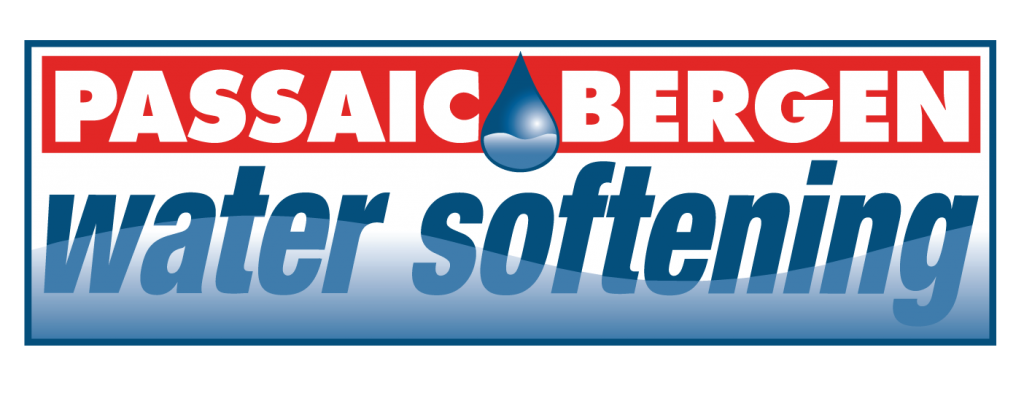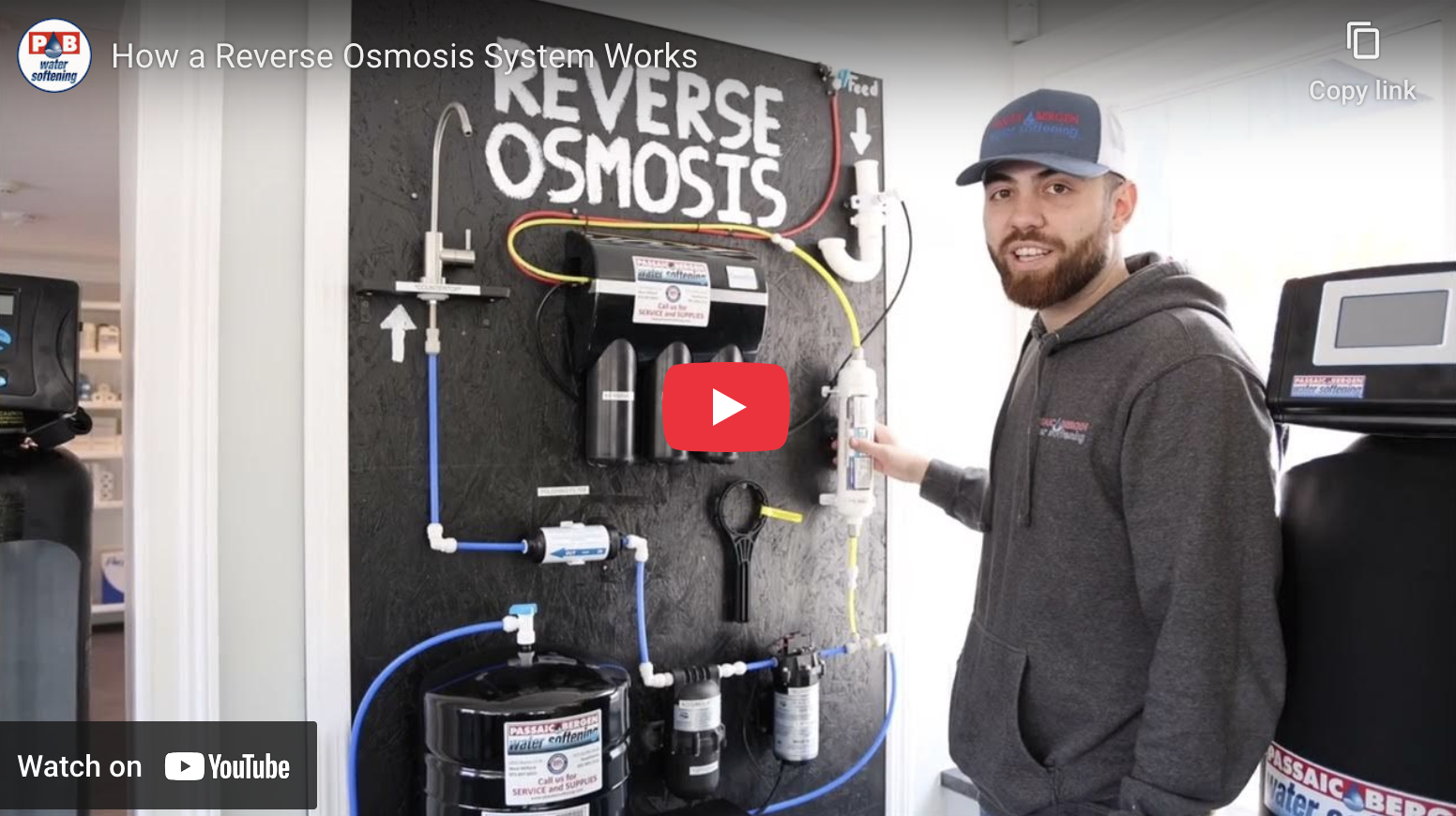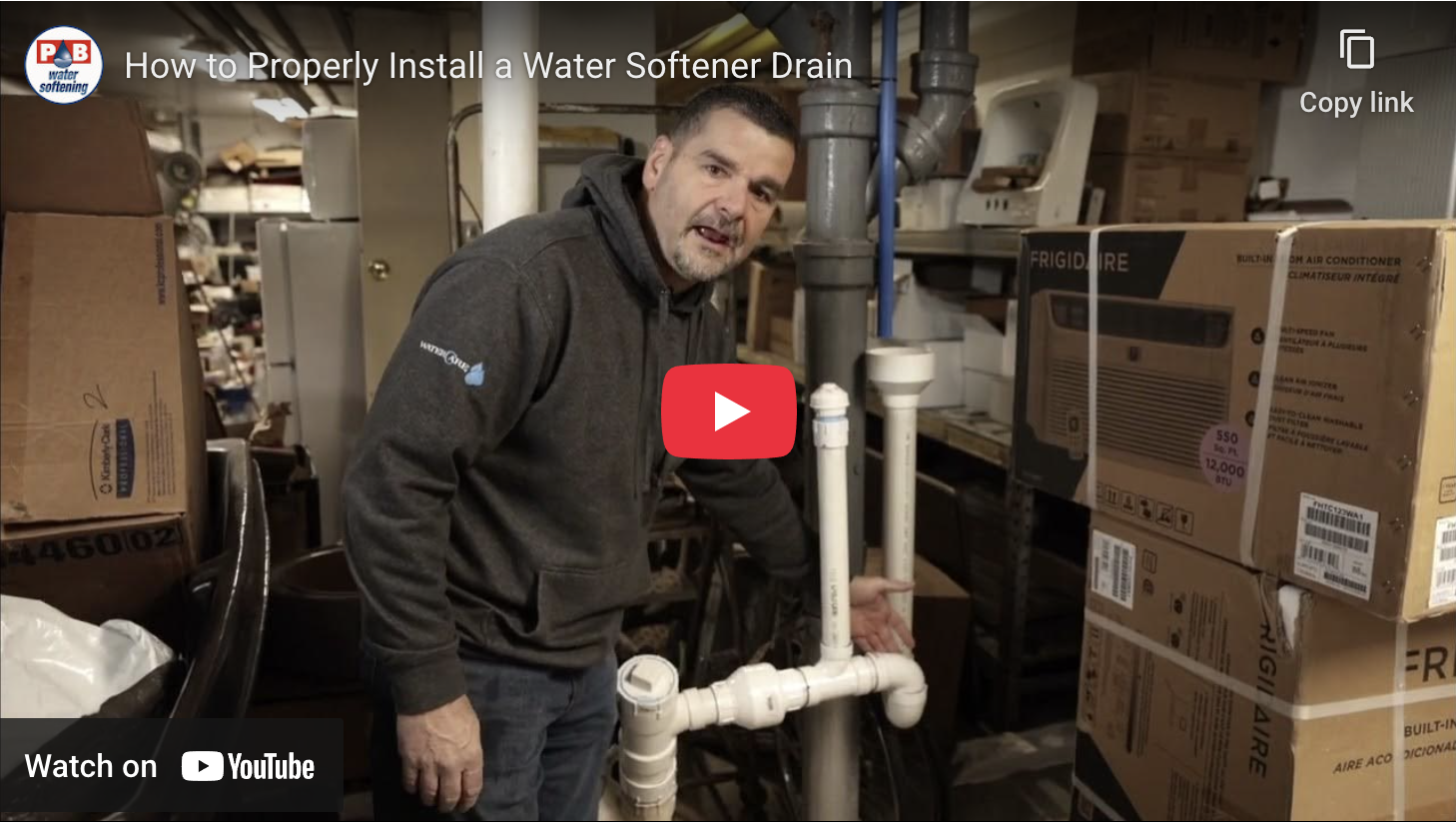If your home taps run hard water, installing a water softener is the most practical way to solve all potential hard water problems. Maybe your home came with a water softener, maybe you recently installed one or are planning to install one soon. But the one question every household with a water softener should ask is how to take care of your water softener and maintain your appliance.
Like any large appliance, your water softener needs a small amount of attention each year to keep it running smoothly for years into the future. So that is the question we’re here to answer today. Today’s guide is what the average homeowner should do to make sure their water softener is in good shape and stays that way.
Test Water Hardness Monthly
Once a month, make a ritual of testing the hardness of your tap water. After the softener is installed, you will notice a “new normal” of soft water. Take note of whatever your normal water softness measurement is. Then take the time to test the tap water at least once a month to see if your softness is staying steady or starting to drop.
If your water starts to get harder, your water softener is still fine. But it could likely use a little attention and maintenance to get back up to your ideal level of water softness. When your water starts to slip in quality, it’s time to take a peek at the tanks and likely call for your occasional maintenance check-up of the soft water unit.
Top-Up the Salt Reserve
Water softeners use charged resin (plastic) beads to pull the minerals out of your water before the water flows through your taps. However, after a few tanks of softened water, the beads need to be recharged so they have the ability to pull more minerals from future water. The softener does this with a brine rinse, using salt.
The one thing your water softener needs like ACs need filters is salt refills. Make sure you are aware of the type of salt your water softener is using and match it when you stock up. Identify the brine tank, and pour in more of the same. This will refuel your softener for many more gallons of soft water before the next refill.
Reset After Power Outages
Water softeners run on a schedule through the softener controller. However, your controller may reset in an undesirable way after a power outage. Each time the power goes out and comes back, be sure to check your water softener and reset the schedule while you are correcting all the digital clocks in the home.
Get Annual Maintenance
Like all major appliances that run all day, every day, it’s a good idea to give them an annual check-up with a professional who knows how to take care of your water softener. Have a water care technician stop by about once a year to test each tank and make sure your water softener hasn’t started developing any problems. They may break up salt bridges or buildup on the sides of the brine tank. They may adjust the setting in the controller for better quality water care. And eventually, they will suggest that you flush your resin tank and refill with new resin when the beads finally wear out. After all, the softener itself will last much longer than the salt or the beads that supply it.
Call for Repairs When Necessary
Last but certainly not least, know when to call for repairs. If your water hardness is coming back, first try replenishing the salt. Then check the setting on the softener controls, then make sure there is no buildup or salt bridges in the brine tank. And if all the easy fixes fail, it’s time to call a water care specialist to take care of your water softener and get it back into ship-shape.
With the right approach to taking care of your water softener, your appliance won’t just improve the quality of your water this year and the next, it will last a very long time. In fact, there’s a very good chance that a well-cared-for water softener will eventually serve to raise the sale value. Contact us today to find out more about water-softening solutions that can be installed or replaced in your hard-water home.



